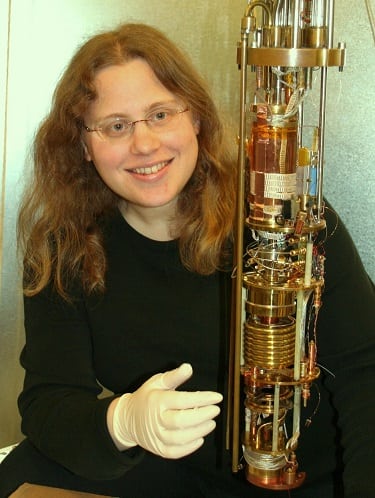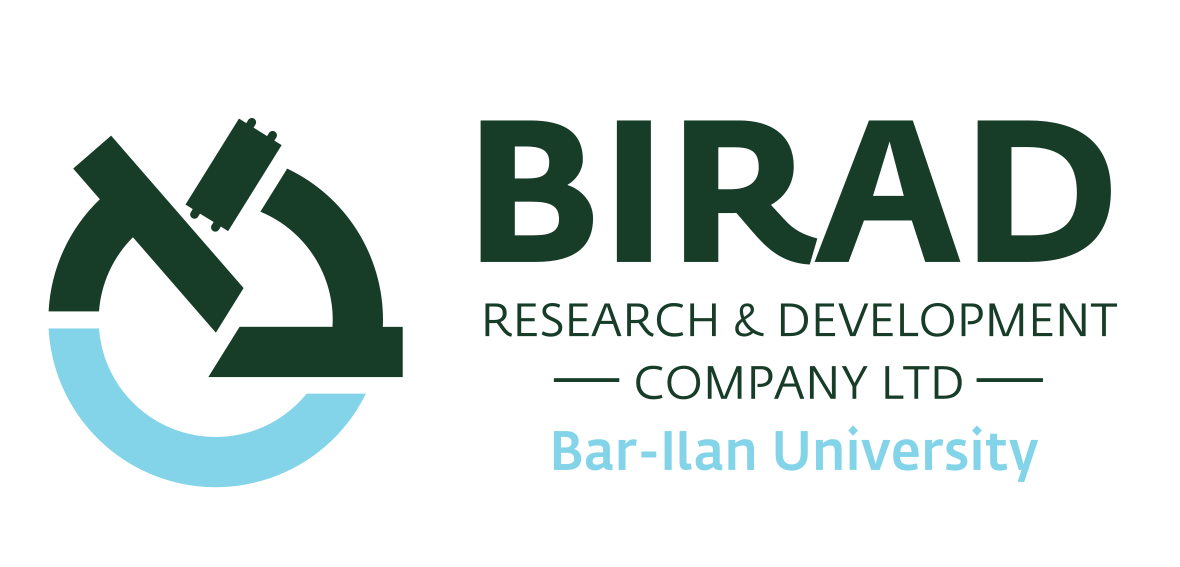A physicist from Bar Ilan’s Institute for Nanotechnology and Advanced Materials and her colleagues in the QUANTOX project are developing a Quantum computer funded by the prestigious QuantERA Fund

Dr. Beena Kalisky, from the Department of Physics and Bar Ilan’s Institute for Nanotechnology and Advanced Materials, together with researchers from France, Italy, the Netherlands, Spain and Sweden, are developing Quantum Technology using 2D interfaces created between oxides as part of the QUANTOX project (QUANtum Technologies with 2D-Oxides).
The research is budgeted by QuantERA, a European Research Fund, that brings together 31 research funding agencies from 26 countries, coordinated by the National Science Centre in Poland, and the Israel Innovation Authority (formerly known as “The Chief Scientist”).
Developing a quantum computer is one of the most desirable objectives today, and researches in the field are supported by powerful organizations such as Microsoft, Bell Labs, IBM and Google. Quantum computation will have a major effect on the computer’s performance and information security. Developing such a computer first requires the development of a basic memory cell, Qubit, using technology which is topologically protected. Despite the immense technological challenge, the advantage of such computers in speedy calculations and noise resistance, lead the significant investment in research and development of the field.
The proposed approach of the research team of QUANTOX is to use the diverse characteristics of Oxide interfaces to develop Quantum Topological systems that can be easily integrated within the current technology. These interfaces possess a unique combination of physical qualities that according to theoretical forecasts, will enable the implementation of the necessary conditions for developing a basic memory cell.
The development process is both challenging and complex. In this project the challenge is especially significant due to the technological difficulty of measuring phenomena based on minute electrical currents in substances with a 2D flow. The lab headed by Dr. Kalisky, develops highly sensitive sensors for measuring magnetic fields, and use it to map tiny magnetic fields that are generated by a small number of electrons, or very weak electrical currents. The measurement is conducted in Dr. Kalisky’s lab, in a local and non-invasive fashion, allowing feedback for the development process, even before reaching the complex stages of connecting a memory cell to the entire system, and so enabling the development to be focused and accelerated.
Beena: “The highly sensitive magnetic imaging tool which we operate in the lab is very helpful for development stages.. Especially in fields of research conducted at cold temperatures. Exciting quantum physics takes place at temperatures close to the absolute 0 and we are excited to harness our research tools to these major objectives.”
The agreement between the parties was carried out by Birad – Research & Development Company Ltd. the commercializing company of Bar-Ilan University, which promotes collaborations, corporations and alliances to manage the intellectual property, and technology commercialization by creating risk and licensing, promoting scientific service agreements through the technological knowledge and infrastructure of the University for the benefit of members of the industrial community, and outsourcing services for the business sector as part of the Division of Scientific Services.
For additional info: Merav Burstein – 052-2229330 – merav@birad.biz

Recent Comments